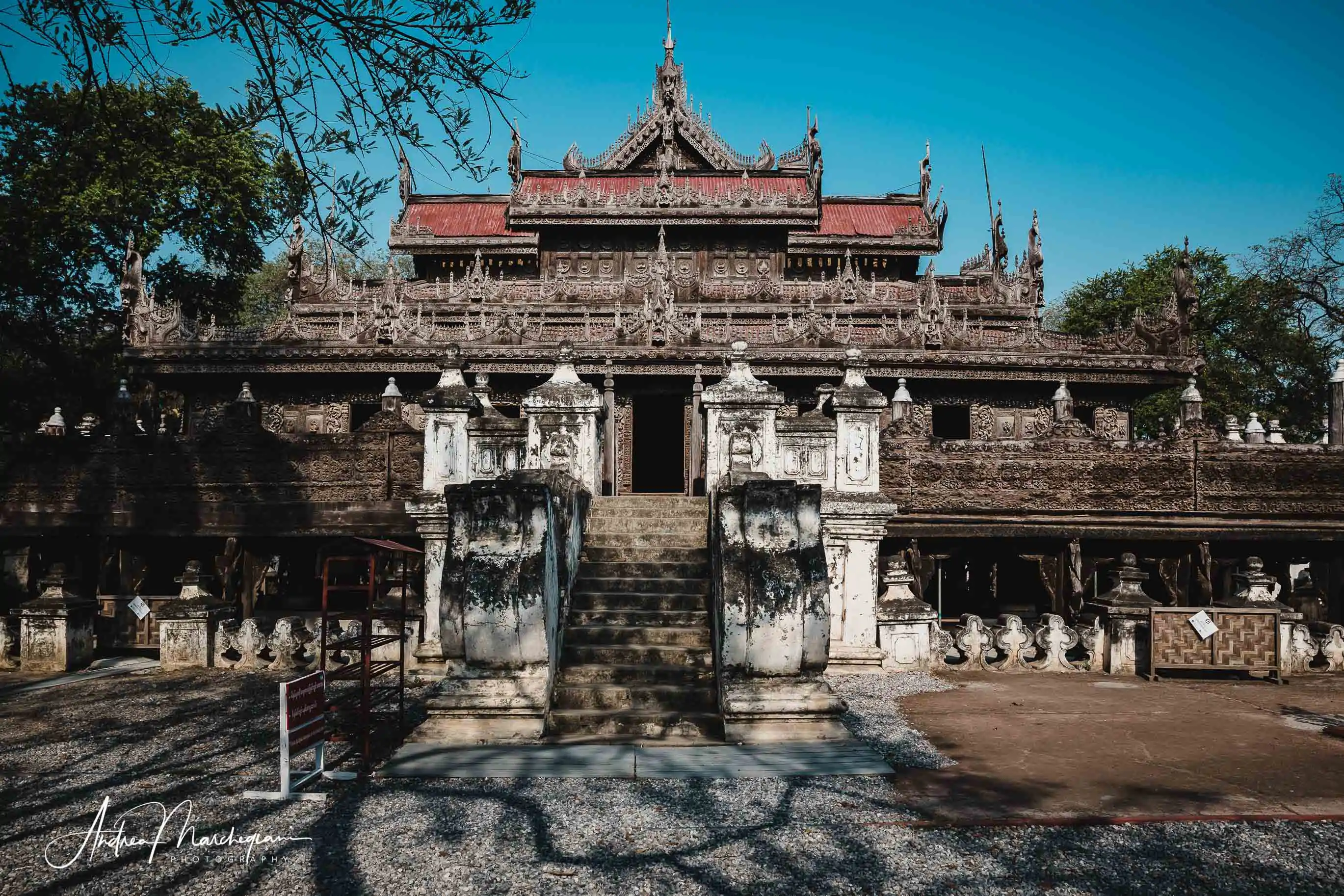
- Home
- Photo Galleries
- Portrait Photography
- Landscape Photography
- Street Photography
- China
- Ethiopia
- India
- Holy Ganges
- Varanasi
- Varanasi Ganga Aarti
- Varanasi, Manikarnika Ghat
- Varanasi Streets & Alleys
- Varanasi Demolition
- Varanasi Fruit Market
- Sarnath
- Brick Kilns
- Tamil Nadu, Chennai & Mamallapuram
- Tamil Nadu, Fort Tirumayam & Madurai
- Tamil Nadu, Tiruvannamalai & Thanjavur
- Kerala, Munnar
- Kerala, Peryiar
- Kerala, Backwaters
- Kerala, Kochi
- Kazakhstan
- Myanmar
- Senegal
- Uzbekistan
- Travel Blog
- China
- Ethiopia
- India
- Tamil Nadu & Kerala
- Varanasi
- Whato to do in Varanasi
- Varanasi Life along the Ghats
- Varanasi Death along the Ghats
- Varanasi Ganga Aarti Ceremony
- Varanasi demolished to honor Shiva
- Varanasi Fruit Market
- “Varanasi, A Journey into the Infinite”
- Sarnath
- All about River Ganges
- Holy Shit. All about Indian Cow Dung
- Clean India Project
- Brick factories
- Tilaka, pundra, bindi: what is the mark on Indian foreheads?
- Kazakhstan
- Mongolia
- Ulaanbaatar, the coldest capital in the world
- What to do in Ulaanbaatar
- Chinggis Khan Museum, 6 floors of Mongolian history
- Gorkhi-Terelj National Park and Bodgkhan Natural Reserve
- Altai Mountains, Things to do in Olgii and Sagsai
- Living with the Eagle Hunters
- Sagsai Eagle Festival
- Navrus Festival
- Xöömej, Mongolian throat singing
- Mongolian Food
- Myanmar
- Senegal
- Uzbekistan
- Latest Posts
- Photography Blog
- About
- Prints
Many things are said about the Giraffe Women living in Burma, some of which are filled with inaccuracies. Whether they are victims of ancient sexist traditions or free bearers of a secular culture, the Giraffe Women, or Swan Women, are now part of Myanmar’s exotic charm and often exploited for tourist purposes. Everything you need to know and how to respect the Giraffe Women of the Padaung tribe.
Share with your friends:
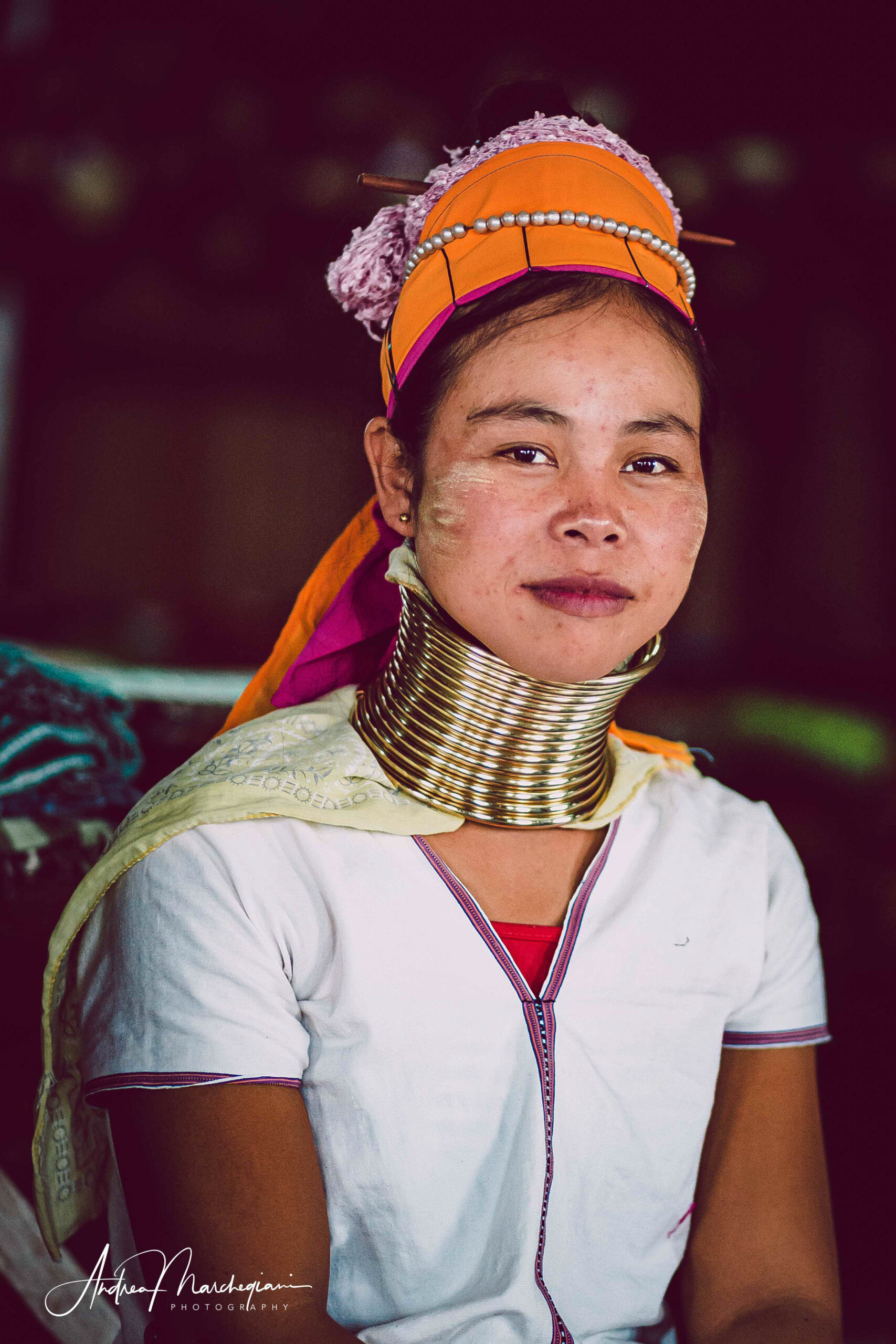
Who are the Giraffe Women or Padaung women?
The Giraffe Women of Burma, also known as Padaung women or Kayan women, are an ethnic group belonging to the mountainous region of northern Burma (currently known as Myanmar).
The term “giraffe” or “swan” is often used to describe Padaung women due to the cultural tradition of wearing copper rings around their neck, creating the optical illusion of an elongated neck.
This practice has ancient origins and is believed to have had symbolic and cultural purposes. According to Padaung tradition, women wear these rings as a sign of beauty and social status.

How does the tradition of placing rings around women's necks originate?
The origins of the tradition of placing metal rings around women’s necks are not clear. Some claim that men in the village began elongating the necks of their women to make them less attractive and thus protect them from potential abductions by neighboring tribes. Others argue, on the contrary, that women willingly adorn their necks to appear graceful in the eyes of their men.
There is also a legend that tells of the Padaung people offending the Nat spirits, who then unleashed hungry tigers upon the tribe. In response, men began placing rings around the women’s necks to protect them from tiger attacks, as tigers usually hunt their prey by biting their necks.
At what age do Giraffe Women start wearing the rings?
Giraffe Women start wearing the rings gradually from childhood, adding them over time until they reach an average of 20-25 rings, which can weigh up to a total of 10 kg. As a result of the constant weight and the progressive increase in the number of rings, the rib cage compresses, and the collarbones begin to descend, giving the illusion of an elongated neck.
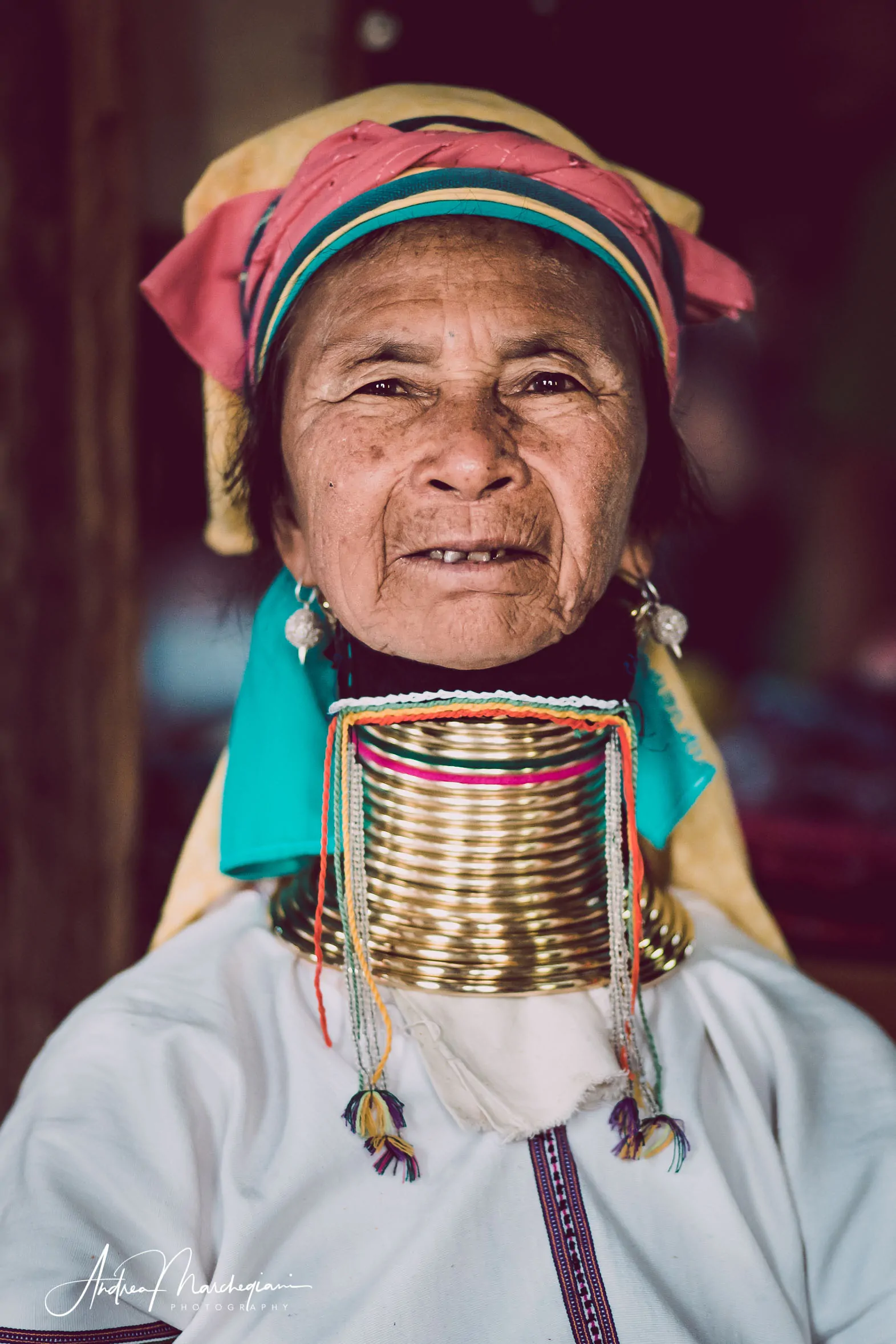
Effects of the rings on health
The practice of placing copper rings around the neck is indeed harmful to health. Not only does it make daily activities more challenging, but it can also lead to severe postural problems.
As women age and the number of rings increases, the muscles in the neck weaken to such an extent that the rings become necessary support to prevent significant physical damage.
Imposition or personal choice?
A girl starts wearing the rings from the age of 5, but no one forces her to do so. If she decides to do it, she does it to honor her traditions and feel prettier. It is important to note that not all Padaung women wear the rings.
In recent years, many have chosen to abandon this tradition due to social changes, government pressures, and health issues associated with prolonged use of the rings.
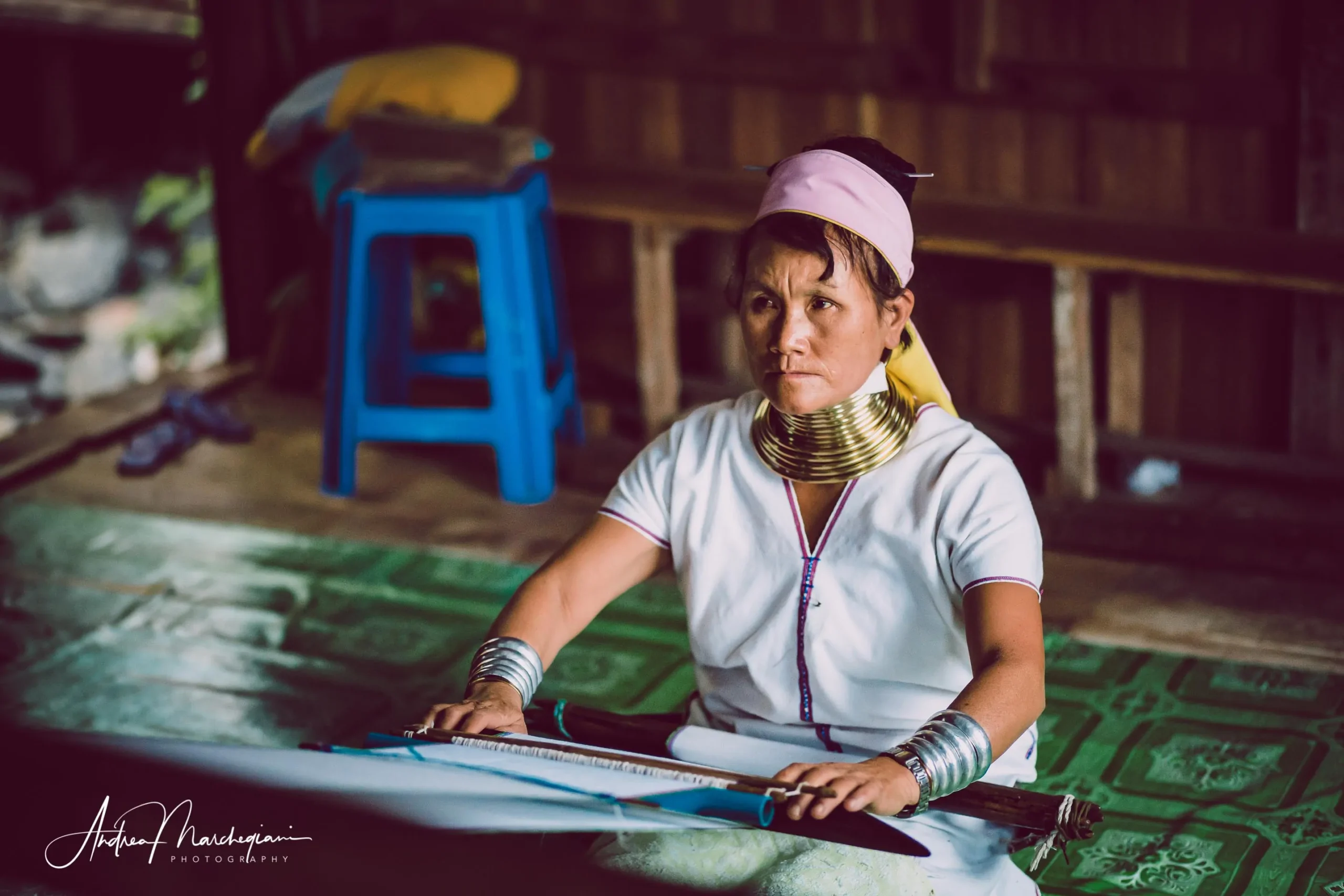
Giraffe Women and tourist exploitation
Due to their distinctive appearance, Padaung women have often been the subject of curiosity and tourist attraction. The villages where they live are visited by tourists who wish to see them in person. However, the increasing number of tourists has transformed these villages into mere tourist destinations, causing the daily activities of the Padaung to shift primarily towards catering to visitors.
Tourism in remote areas of the world often brings about drastic changes that can sometimes distort local traditions. However, it is important to note that this often occurs with the consent of the local residents who see tourism as a more lucrative economic activity compared to traditional subsistence work.
Many people today have moral concerns about visiting Padaung women. They question how mass tourism affects the lives of the locals, as it perpetuates not only harmful traditions but also ones that undermine personal dignity. In other words, do Giraffe Women have the freedom to choose whether or not to wear the neck rings? Or is tourism, with its economic benefits, the only reason they continue to do so? Are we, as tourists, the main obstacle to their emancipation?
Whether or not you choose to visit Padaung villages, it is important to remember that Giraffe Women are not a sideshow phenomenon but the inheritors of a complex cultural tradition. Respecting their dignity and their right to self-determination is essential for preserving their cultural identity.

Where to encounter Giraffe Women?
It is possible to request a visit to the village of Giraffe Women from your tour operator while exploring the northern part of the country, near the border with Thailand.
However, many people today prefer to avoid this experience as they consider it too touristy and less authentic. It is all about taking selfies with the Giraffe Women, who patiently agree to it in exchange for compensation.
Even if you refuse the excursion, it is still likely that you will encounter some Padaung women during your journey in Myanmar. I personally came across them in souvenir shops on the shores of Inle Lake, near the village of Iwama. A young woman and an elderly lady sat at the entrance of the shop, while another woman worked on a loom.
I found them to be incredibly kind and friendly. They did not give the impression of being forced; on the contrary, they smiled and engaged with us, showing curiosity towards us. It felt like an authentic cultural exchange, and I embraced the opportunity.
When traveling, it is important to avoid falling into easy judgments. We should remain humble in the face of different cultures and not presume to hold absolute truth. Every tradition has multiple reasons for being that may elude us, so making hasty judgments is the first sign of being a tourist rather than a traveler.
Share with your friends:
Leave A Reply Cancel reply
This site uses Akismet to reduce spam. Learn how your comment data is processed.



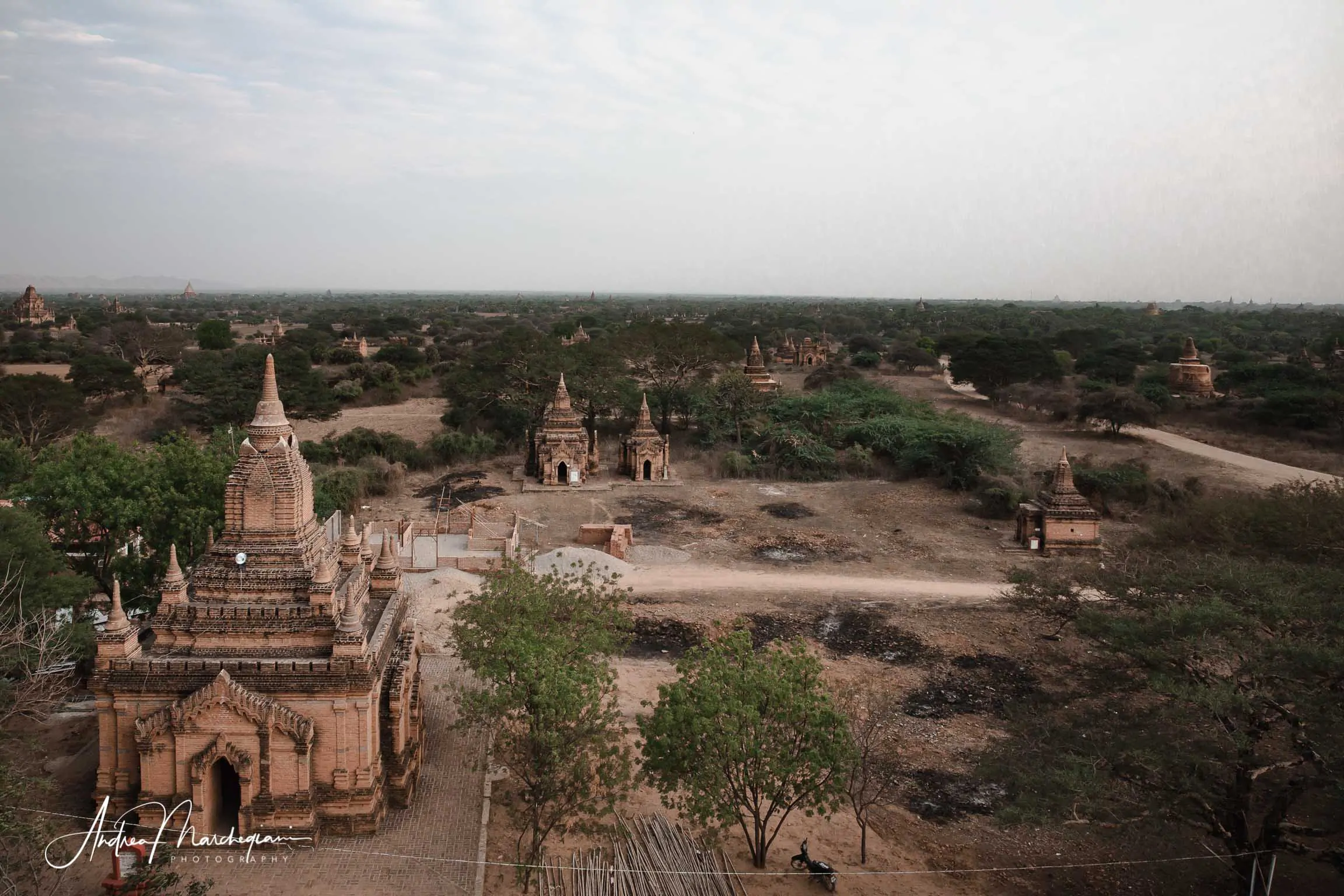
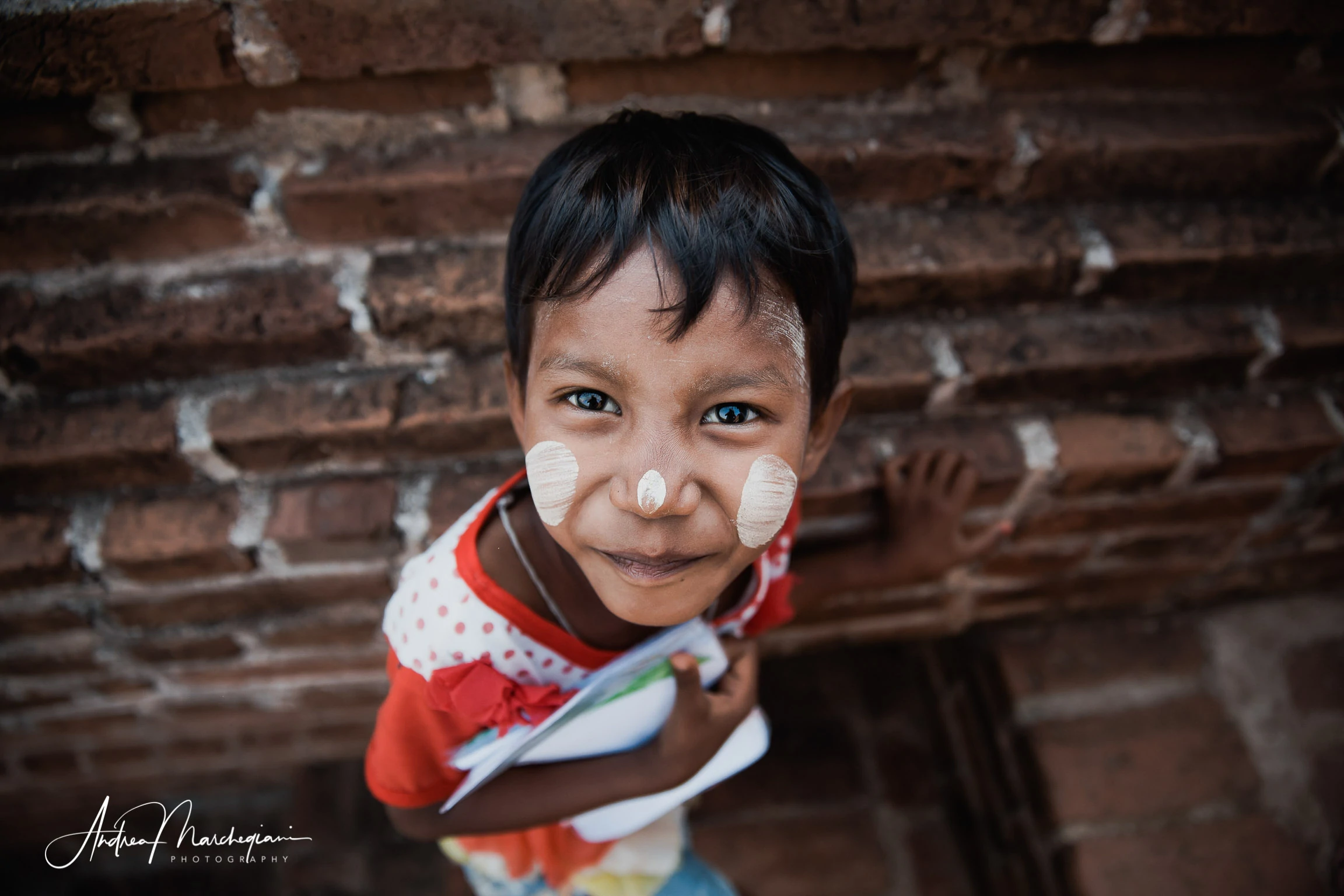
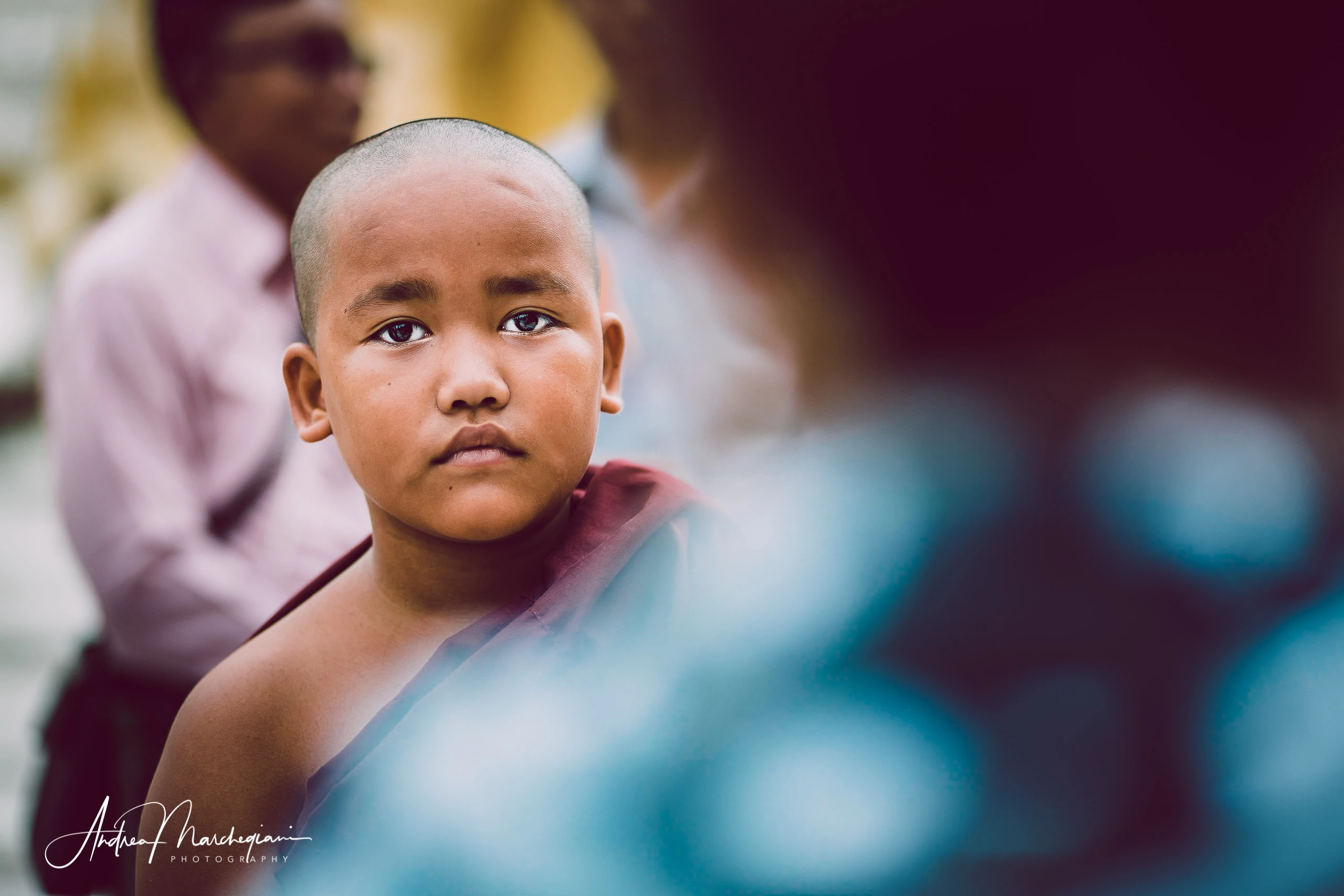












1 Comment
Your blog is so useful author. Thank you. Keep it up.